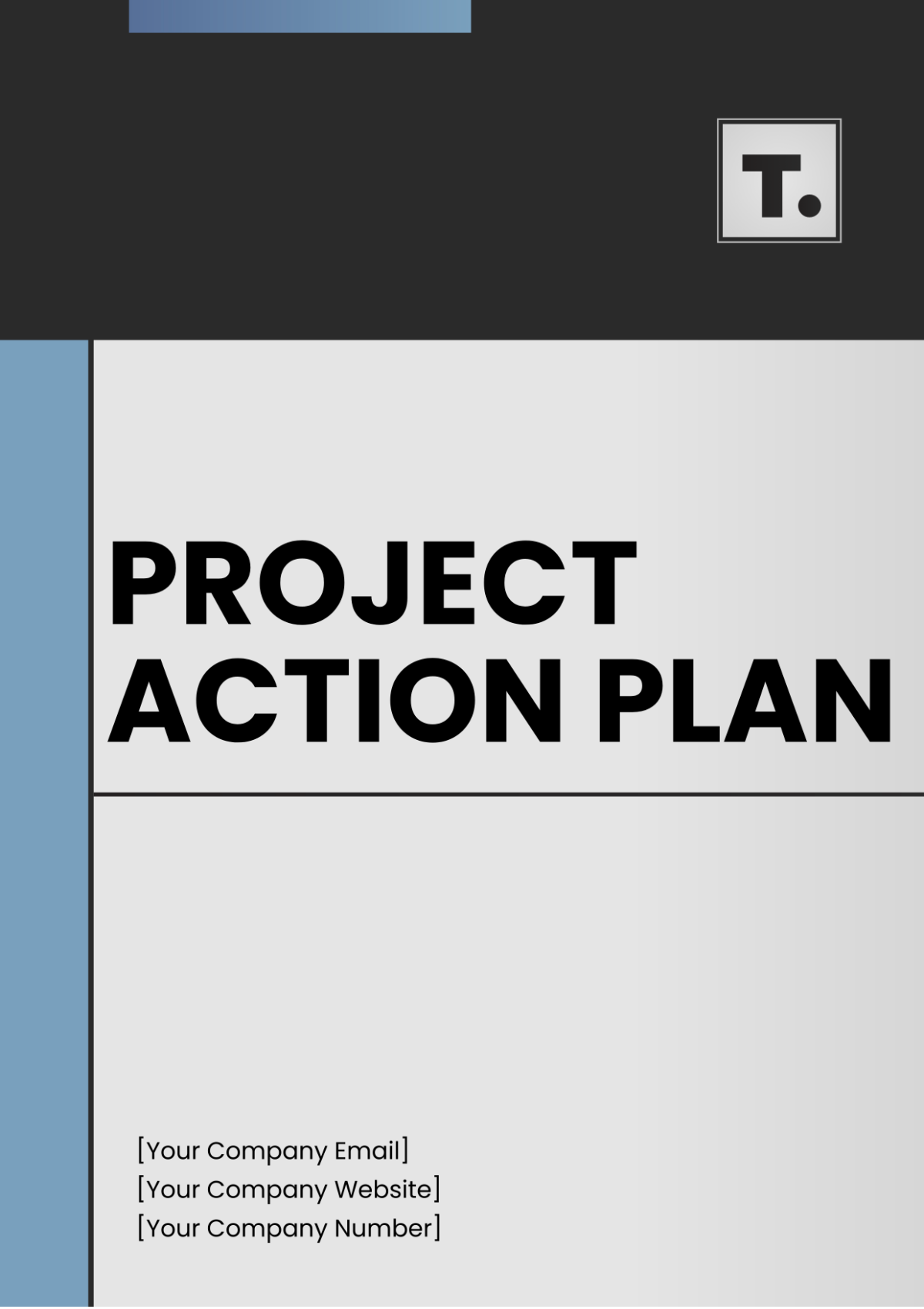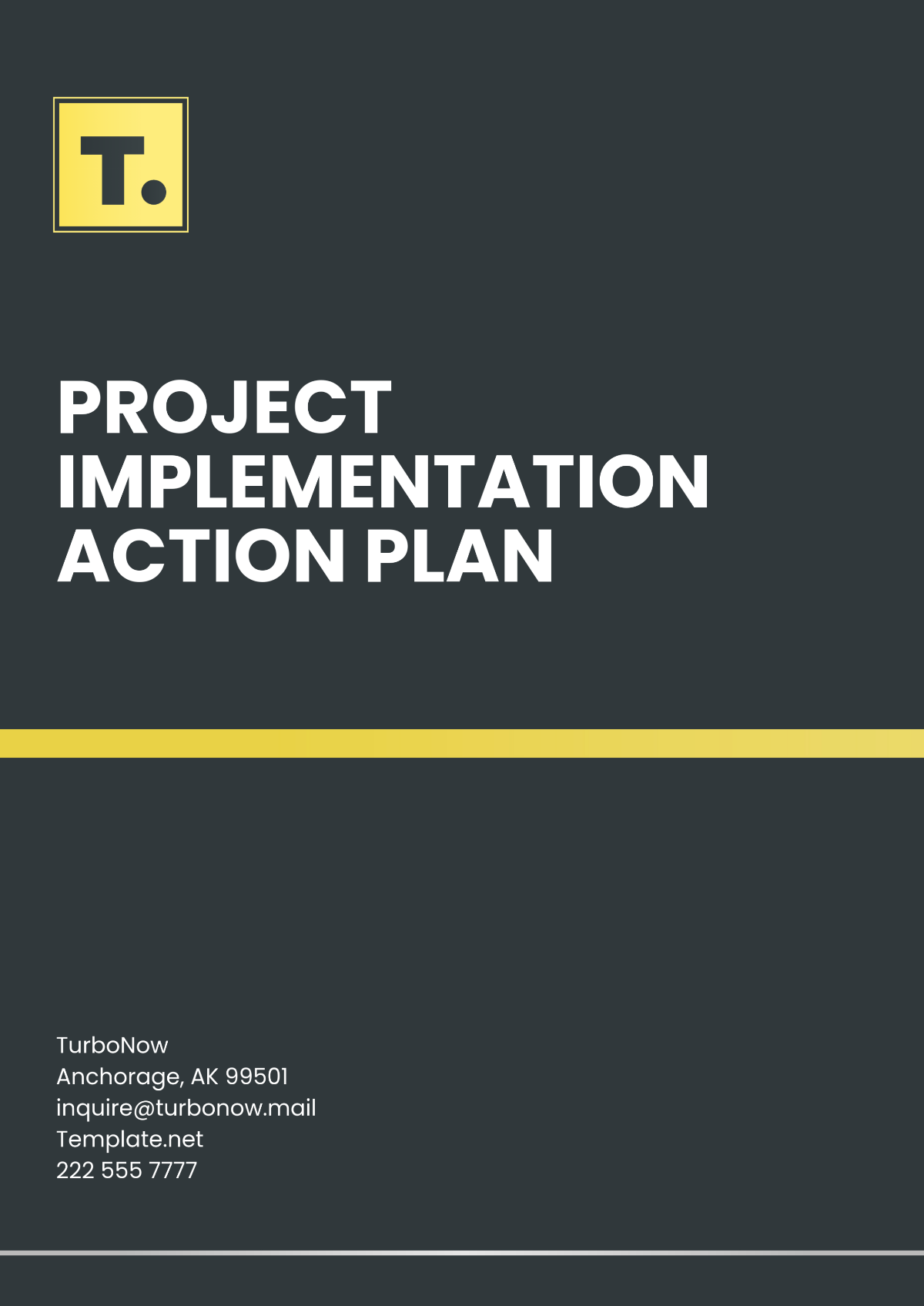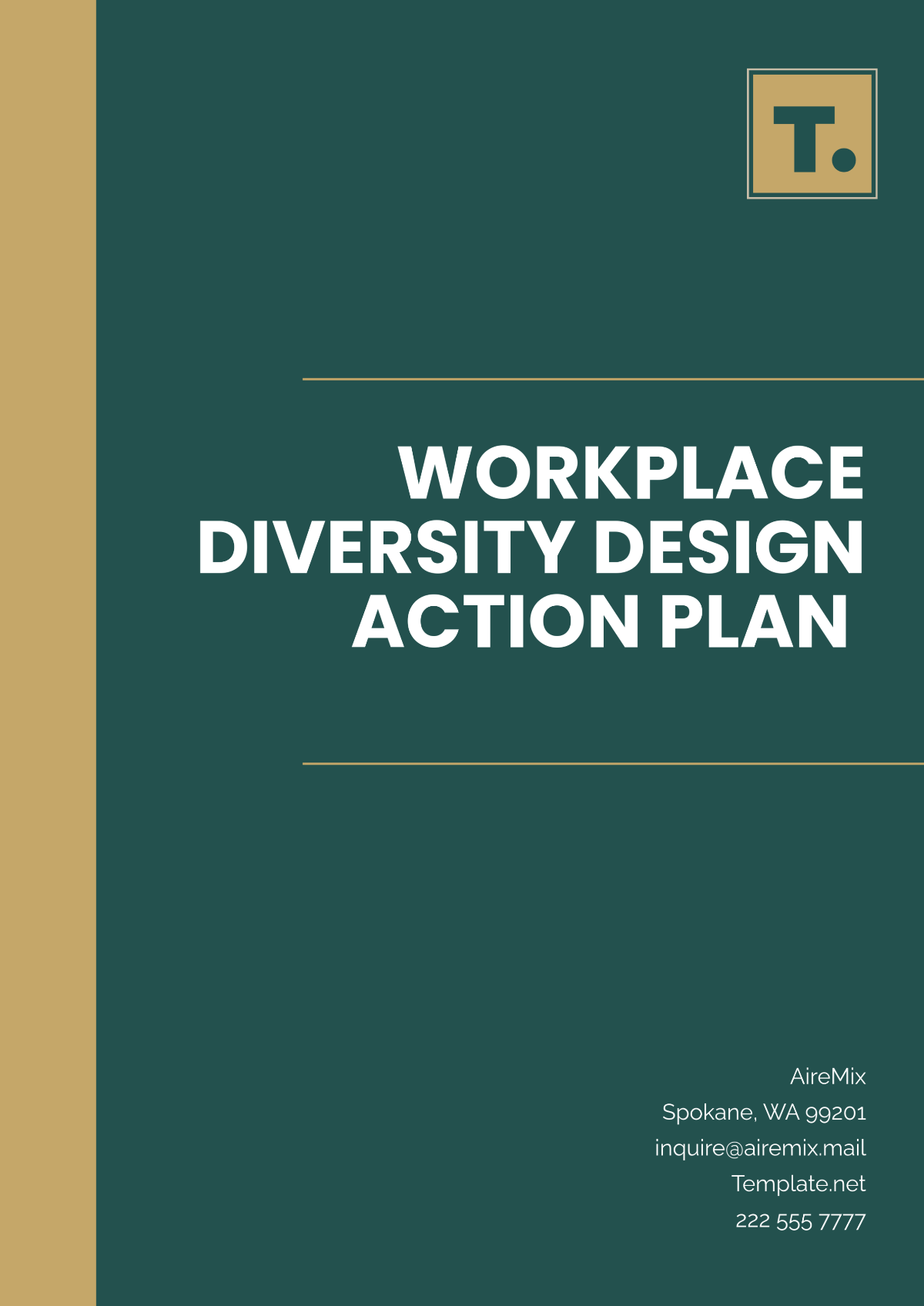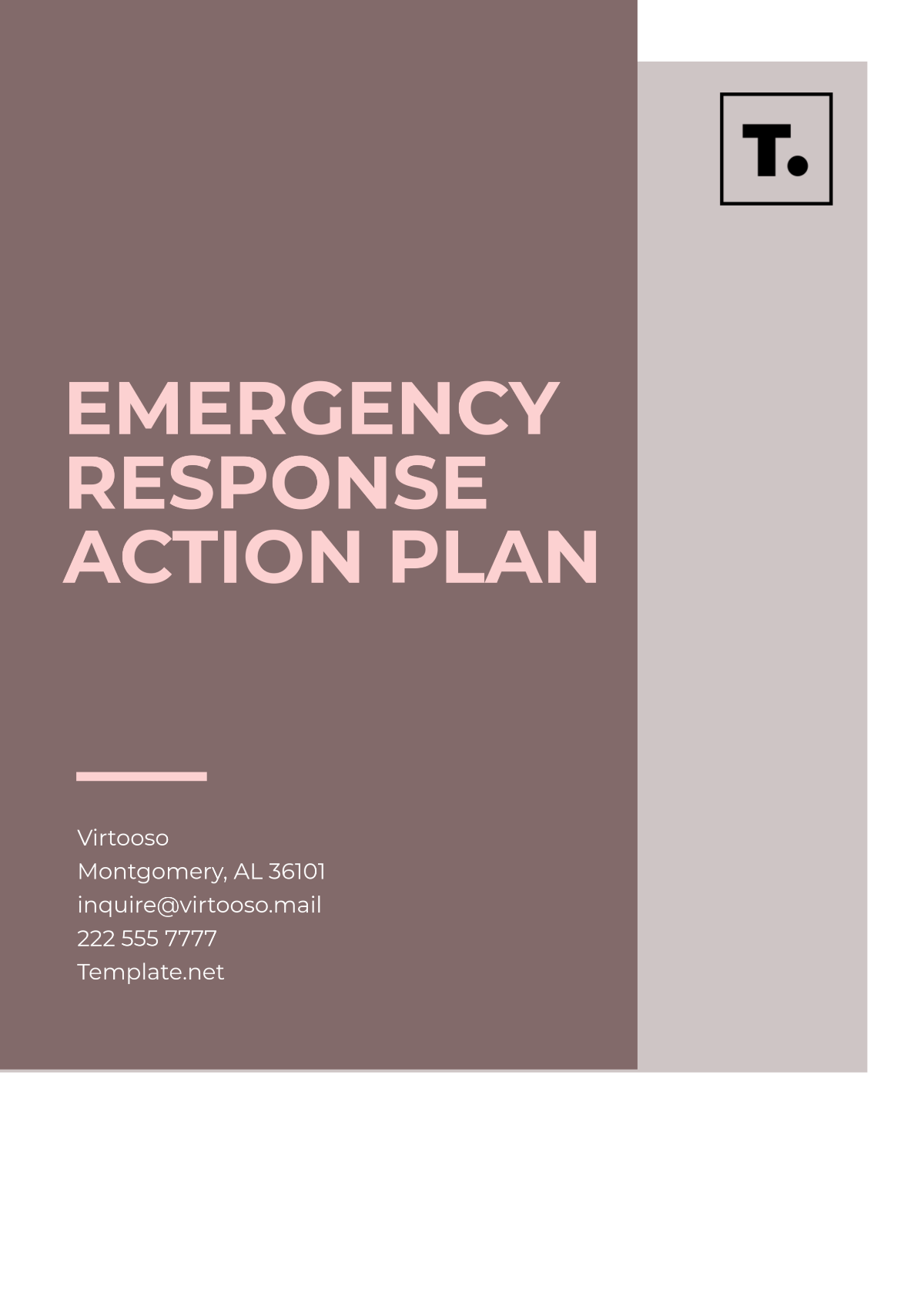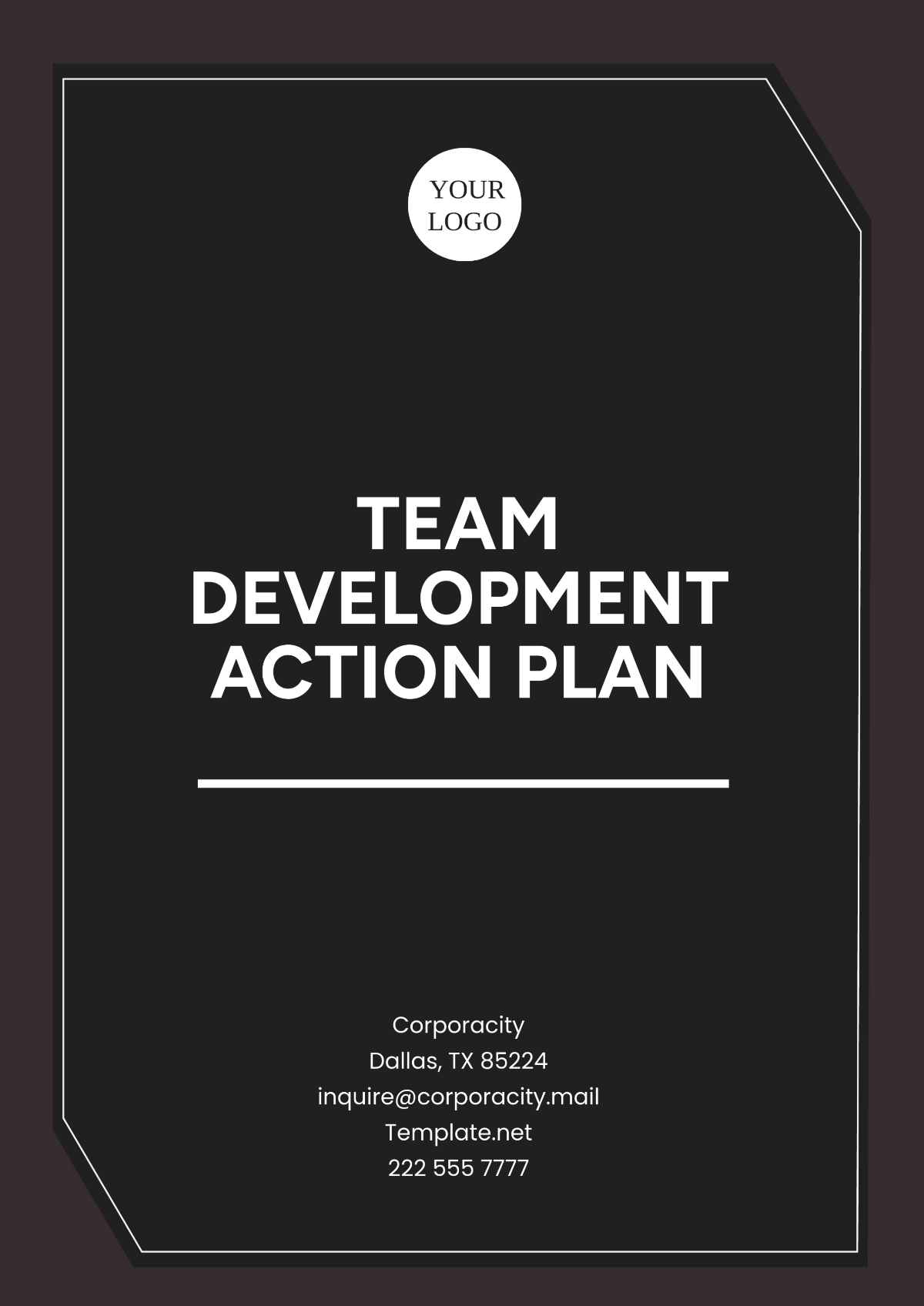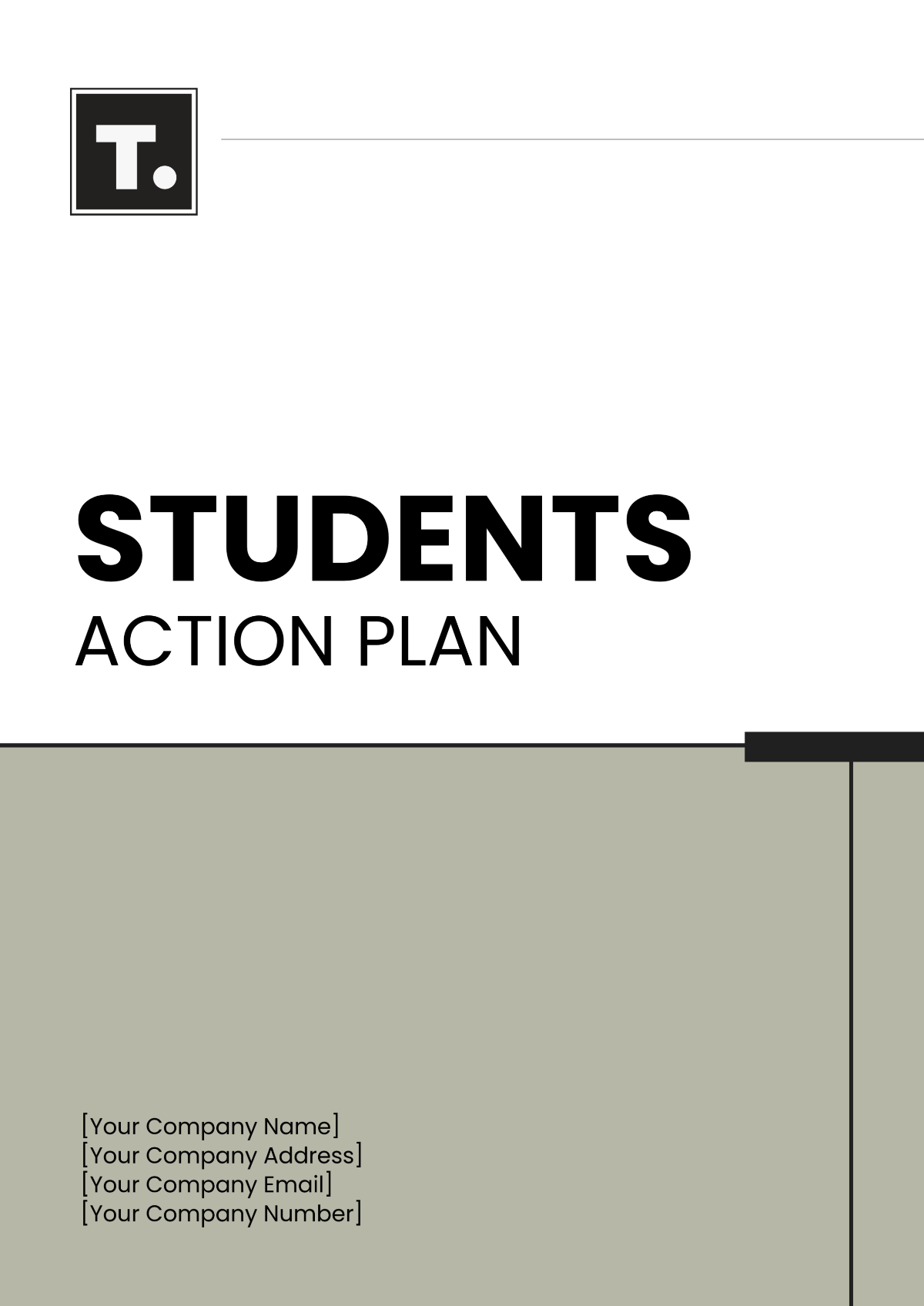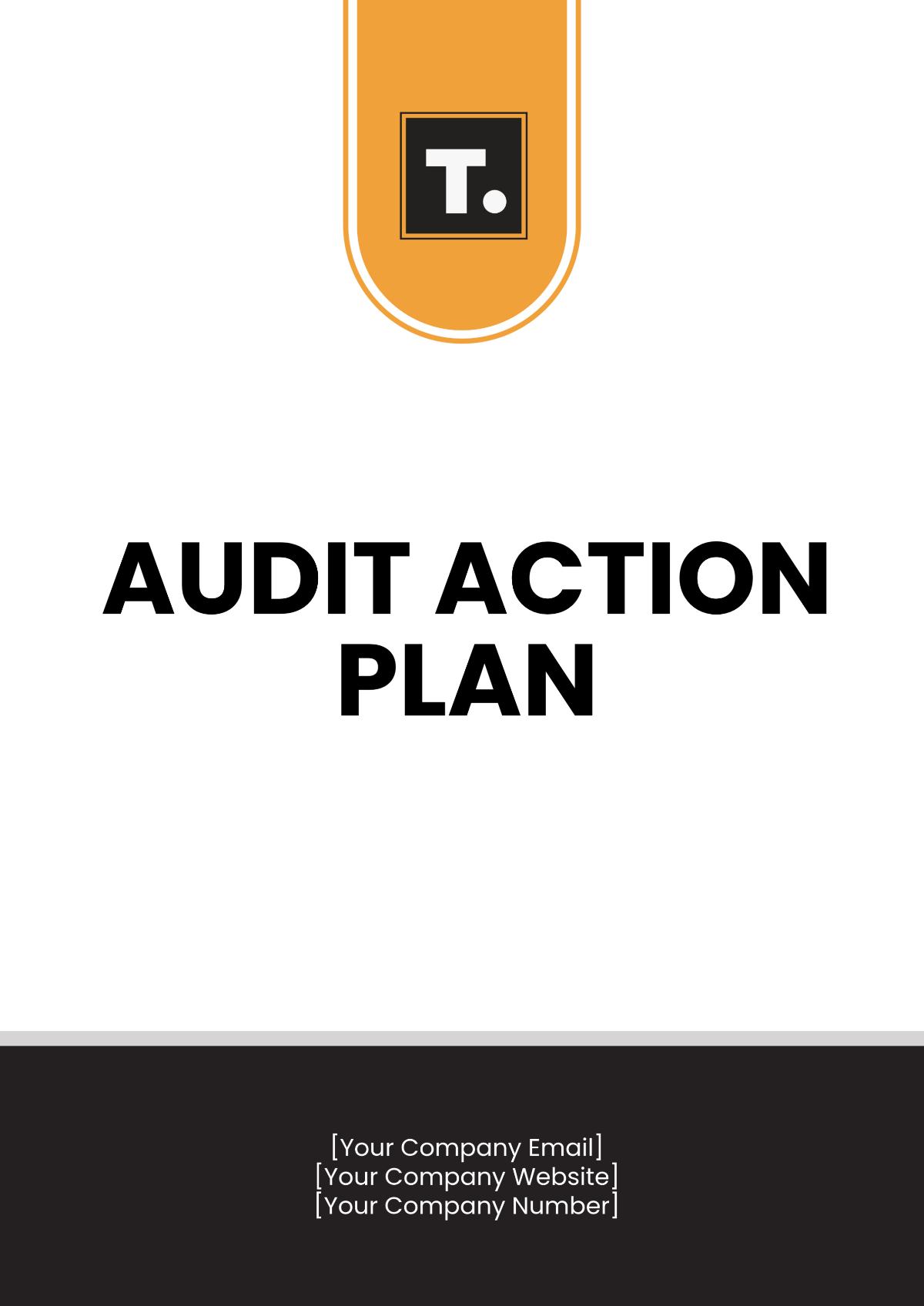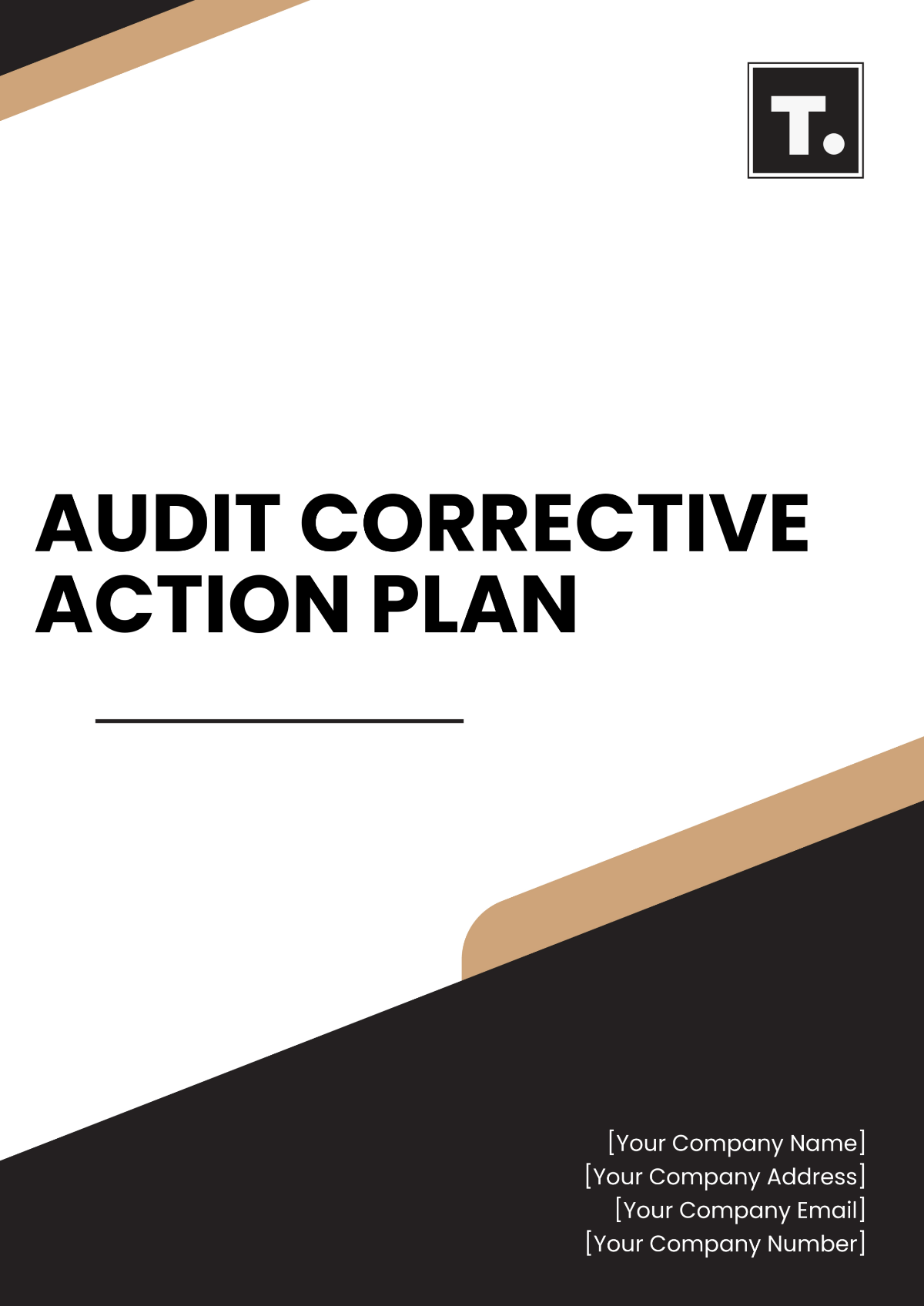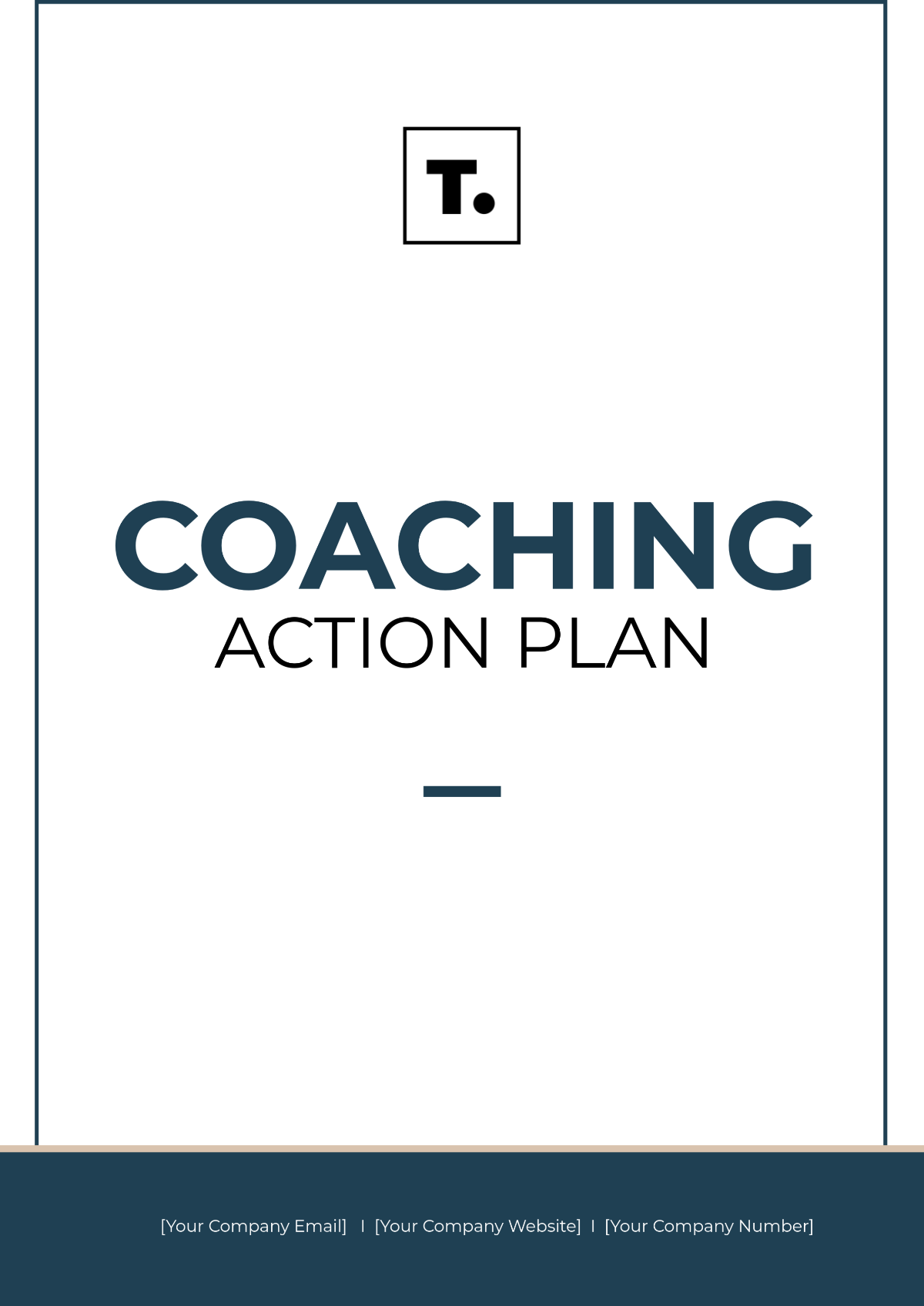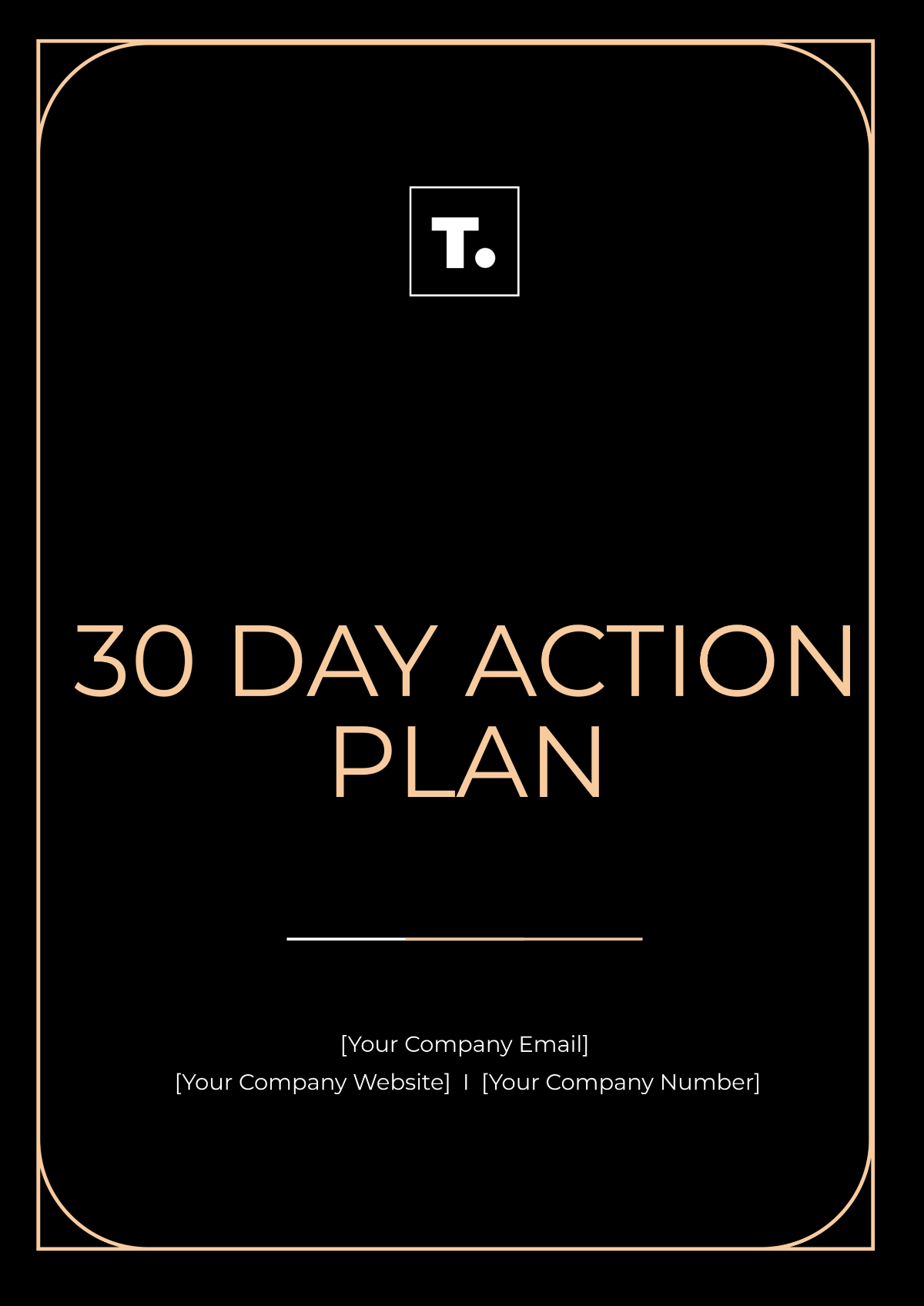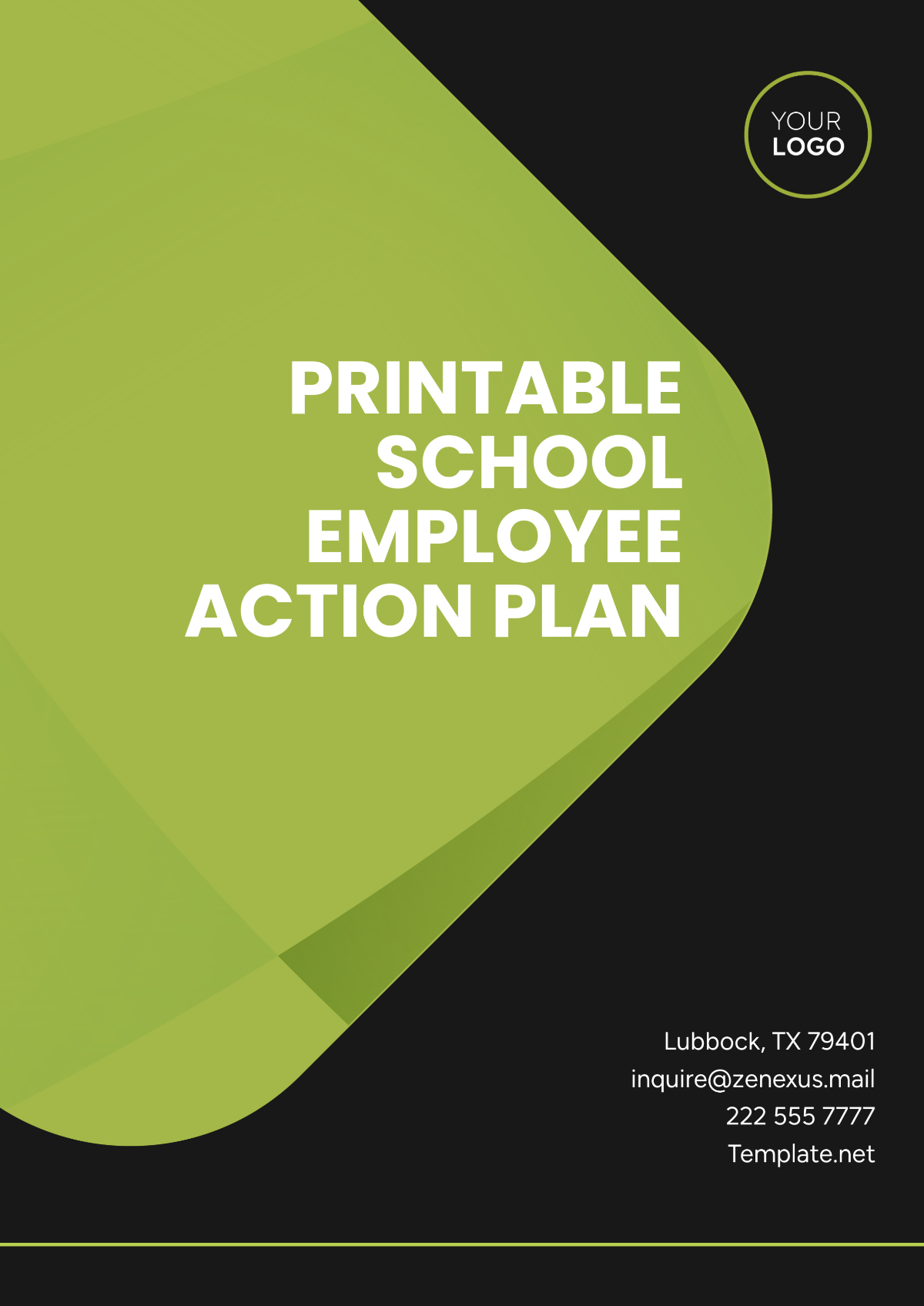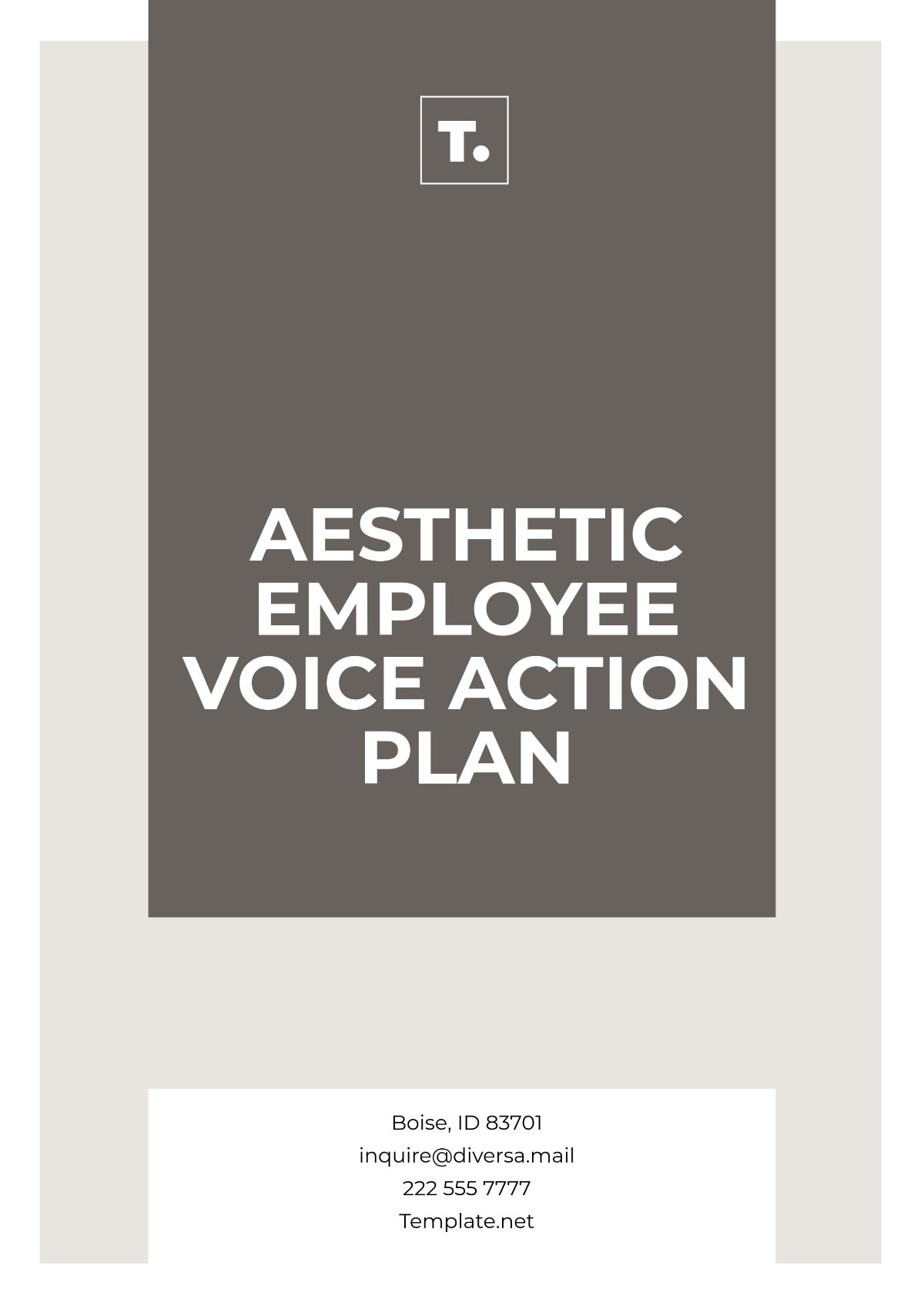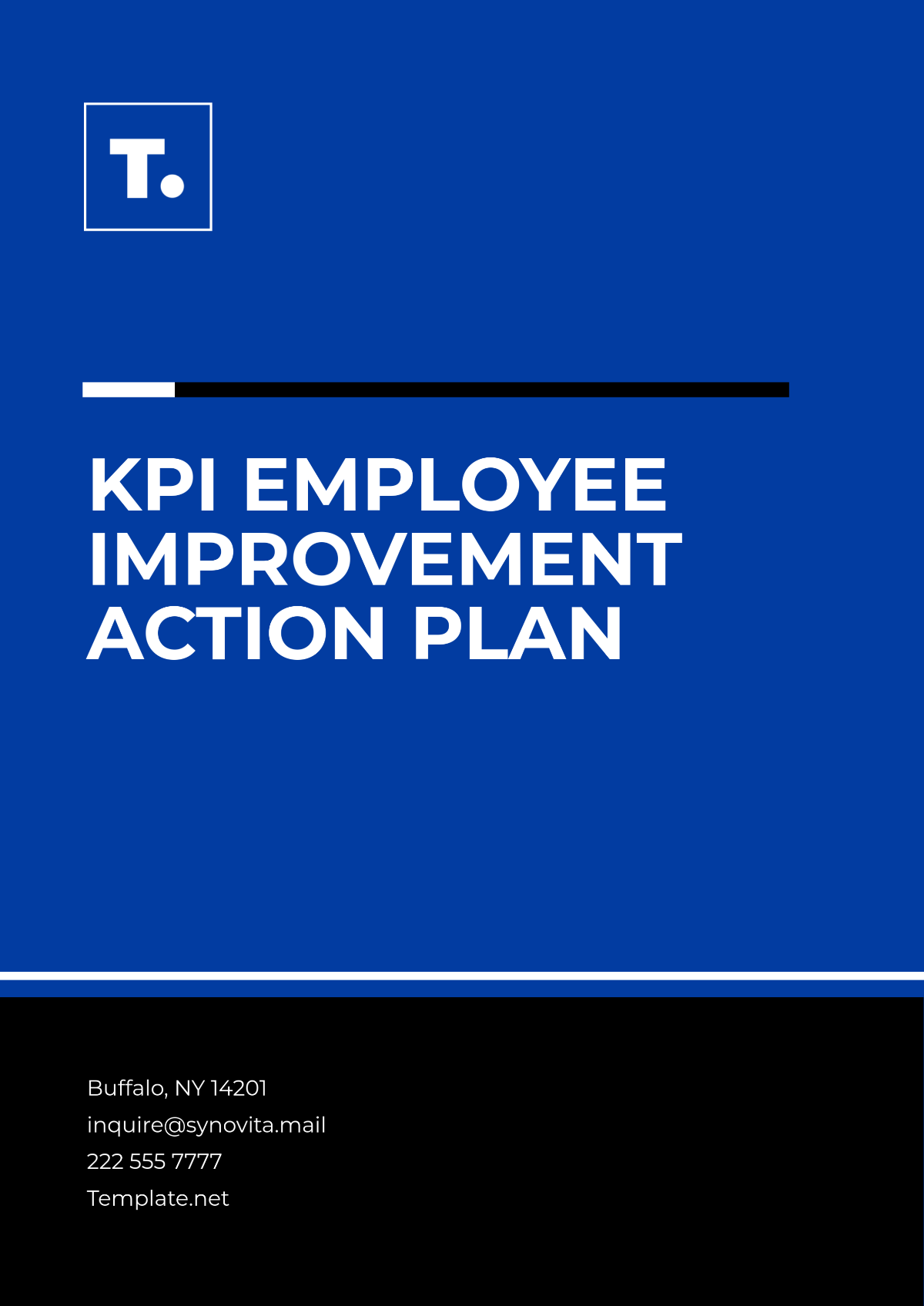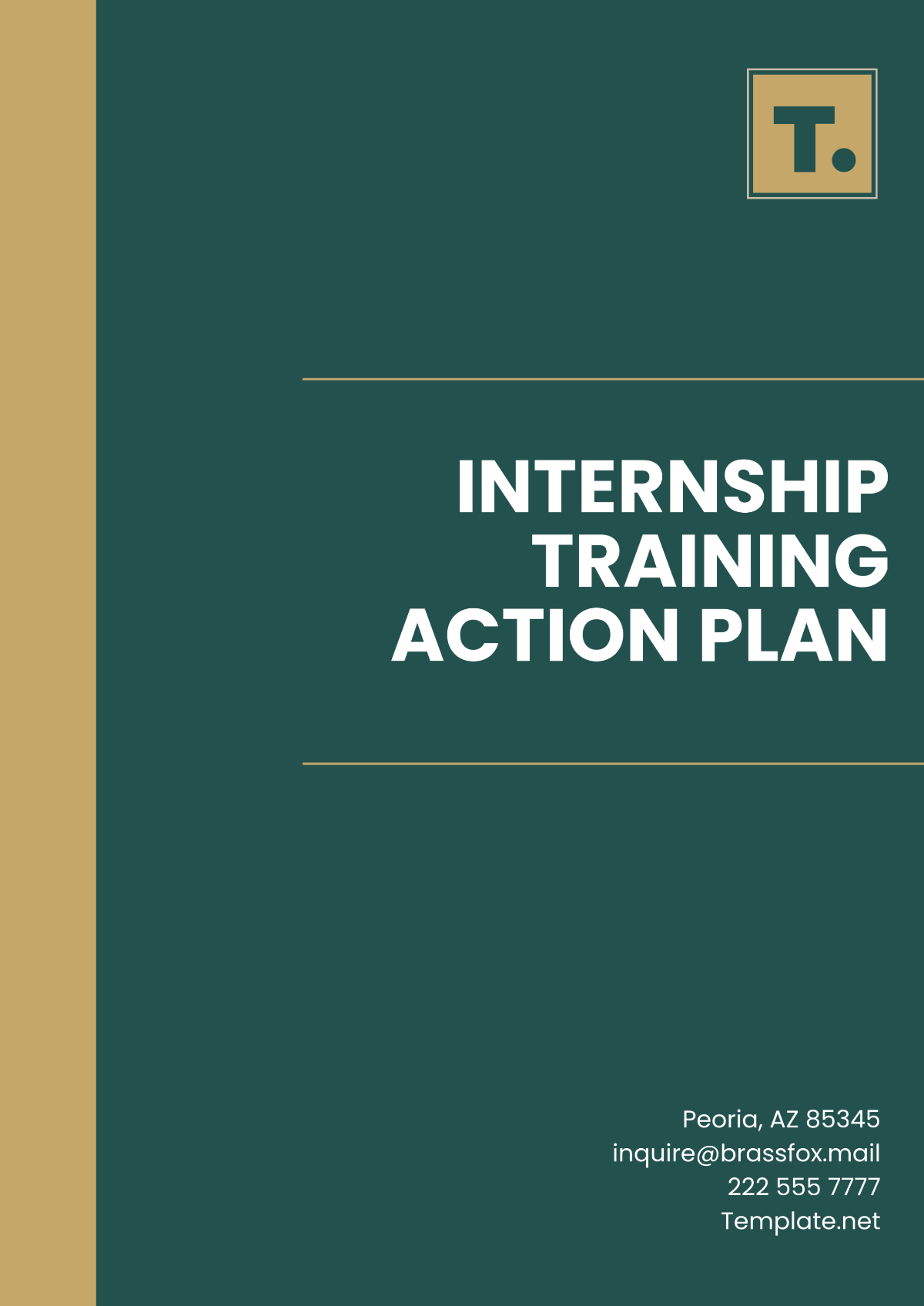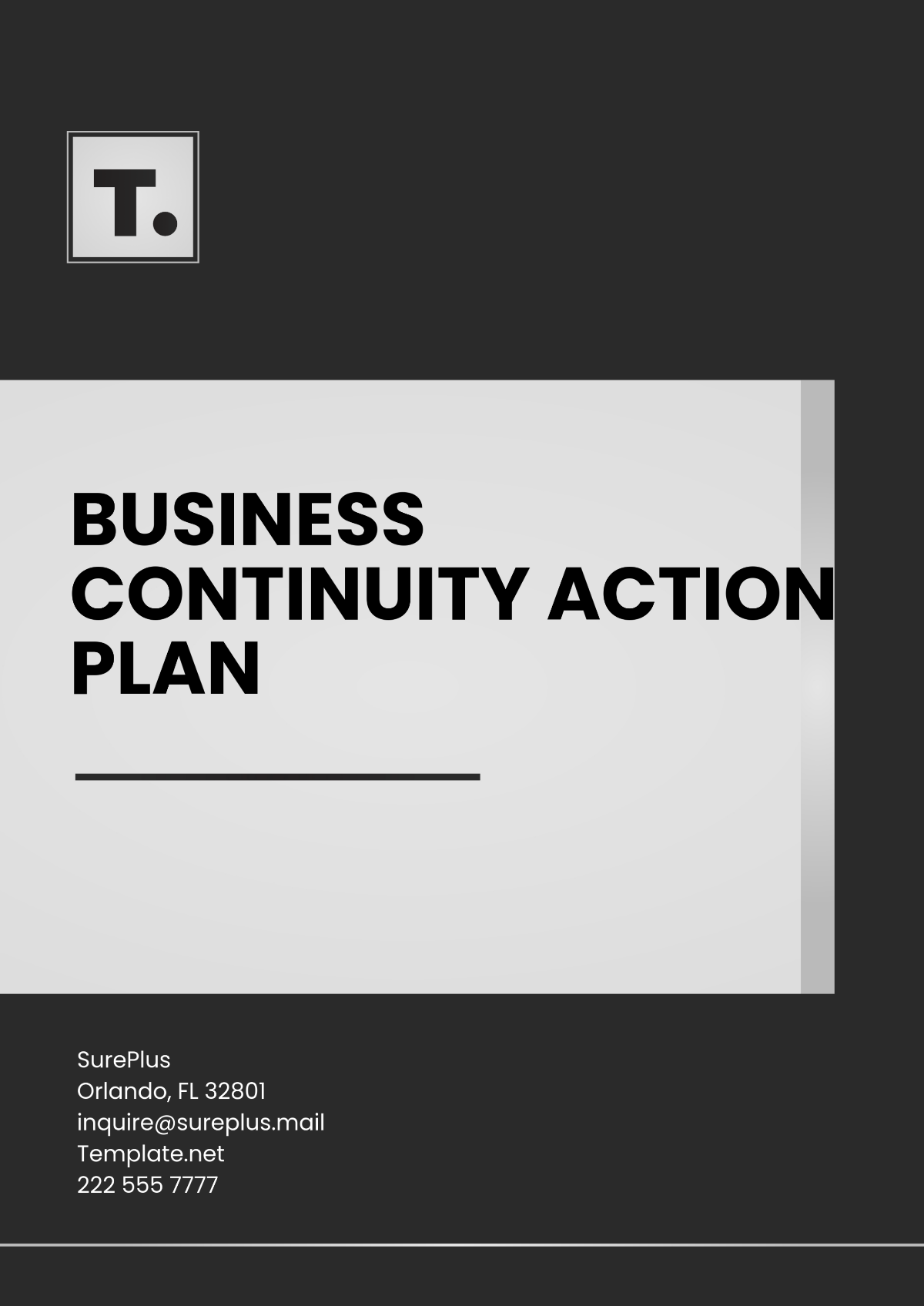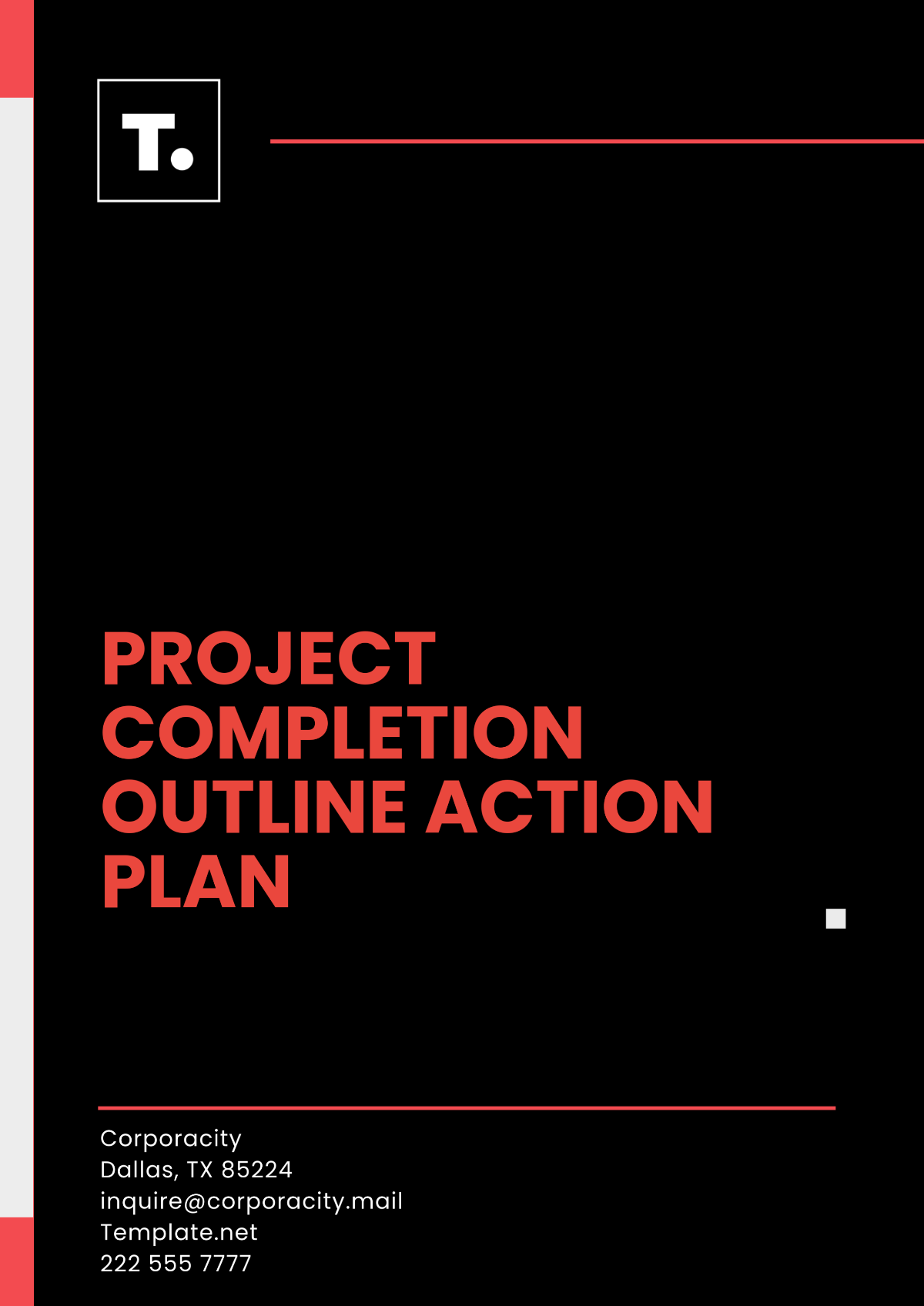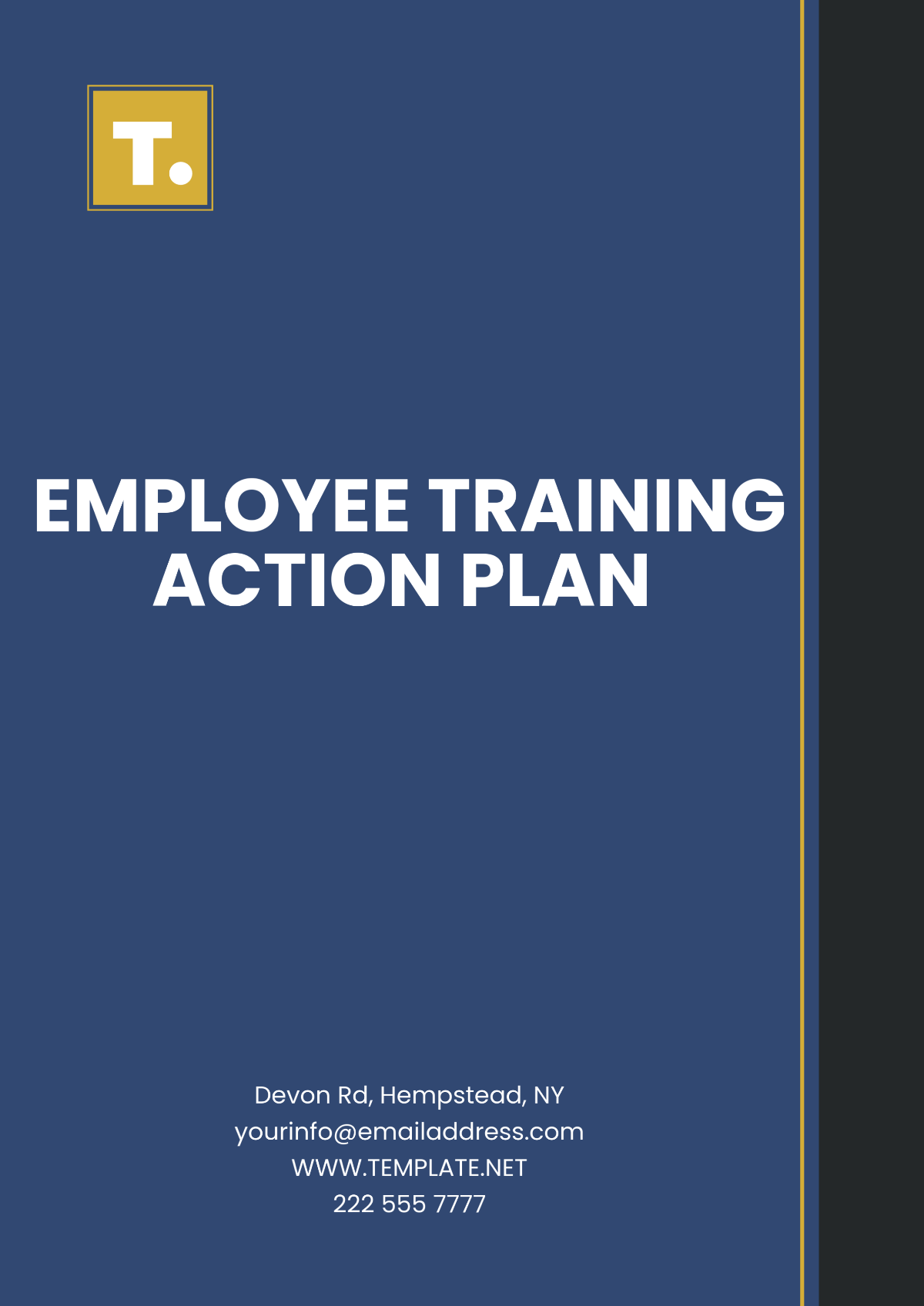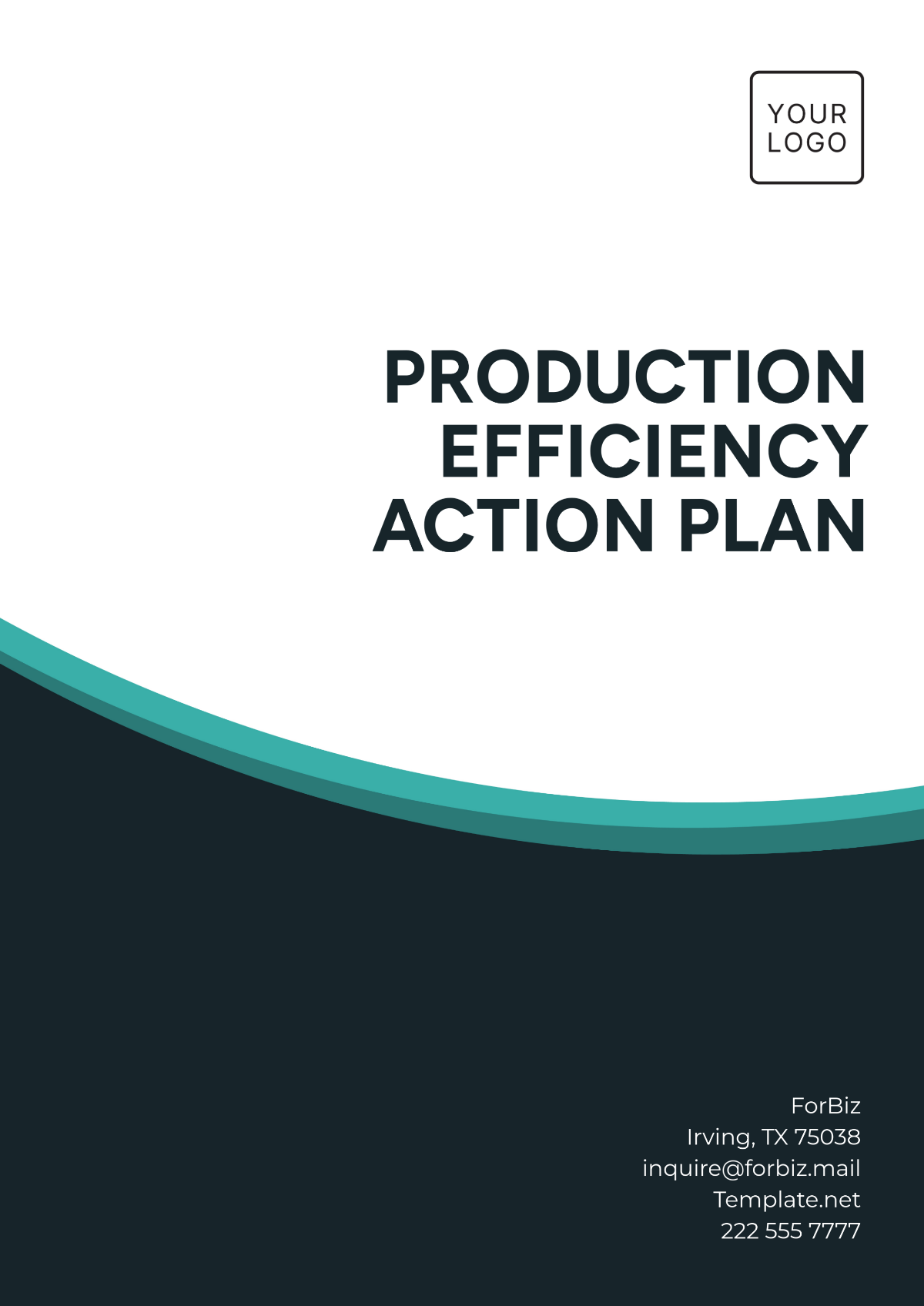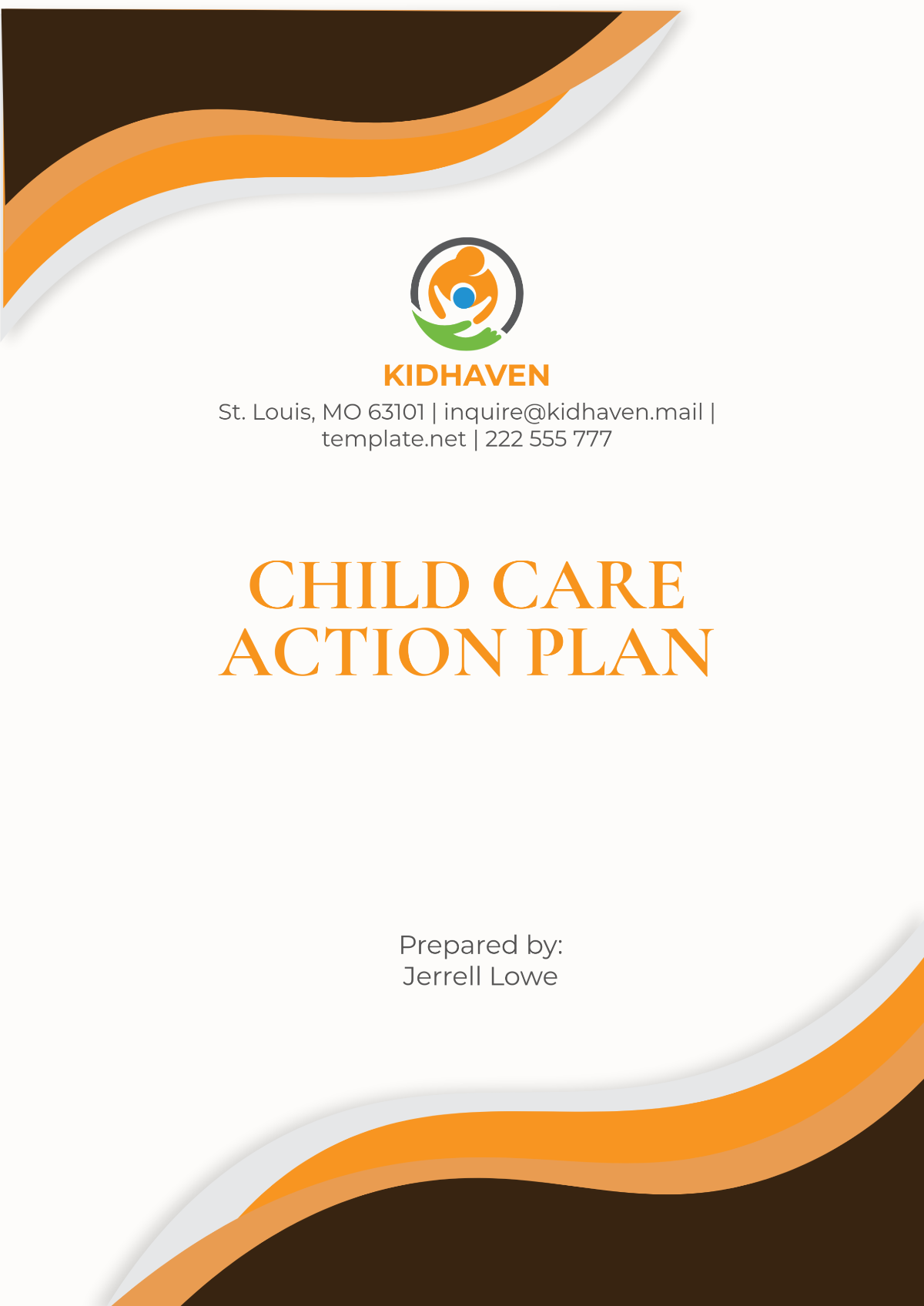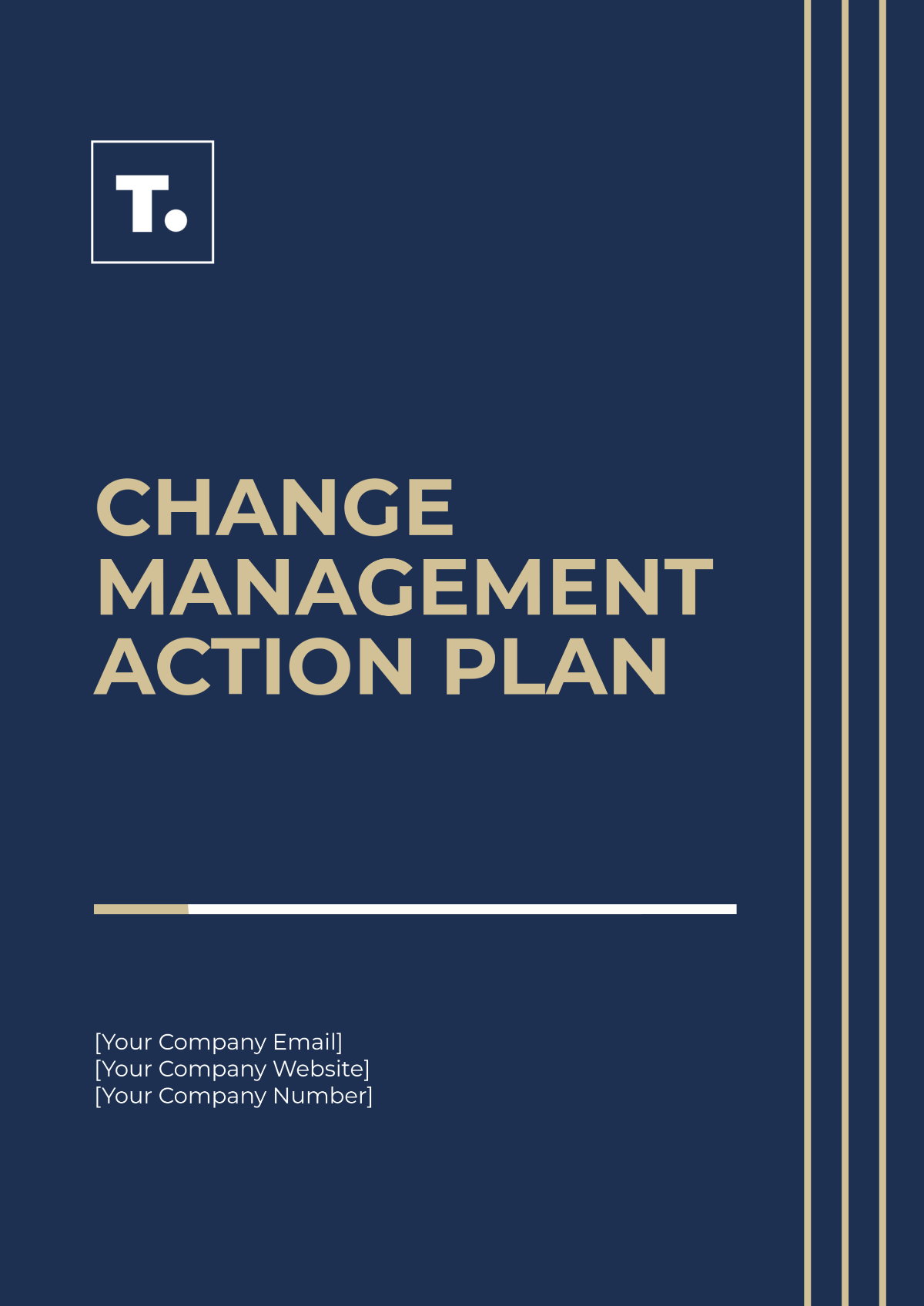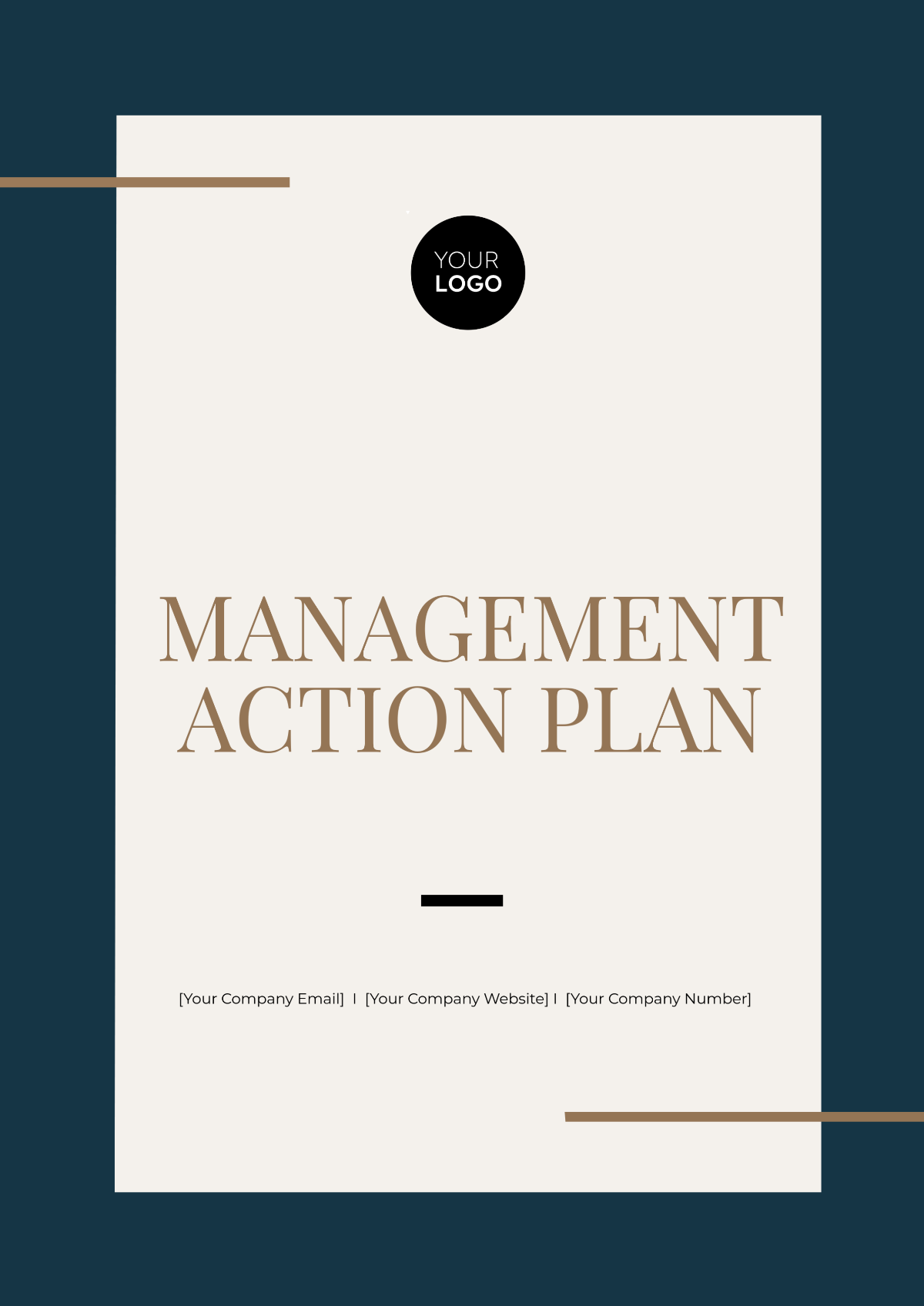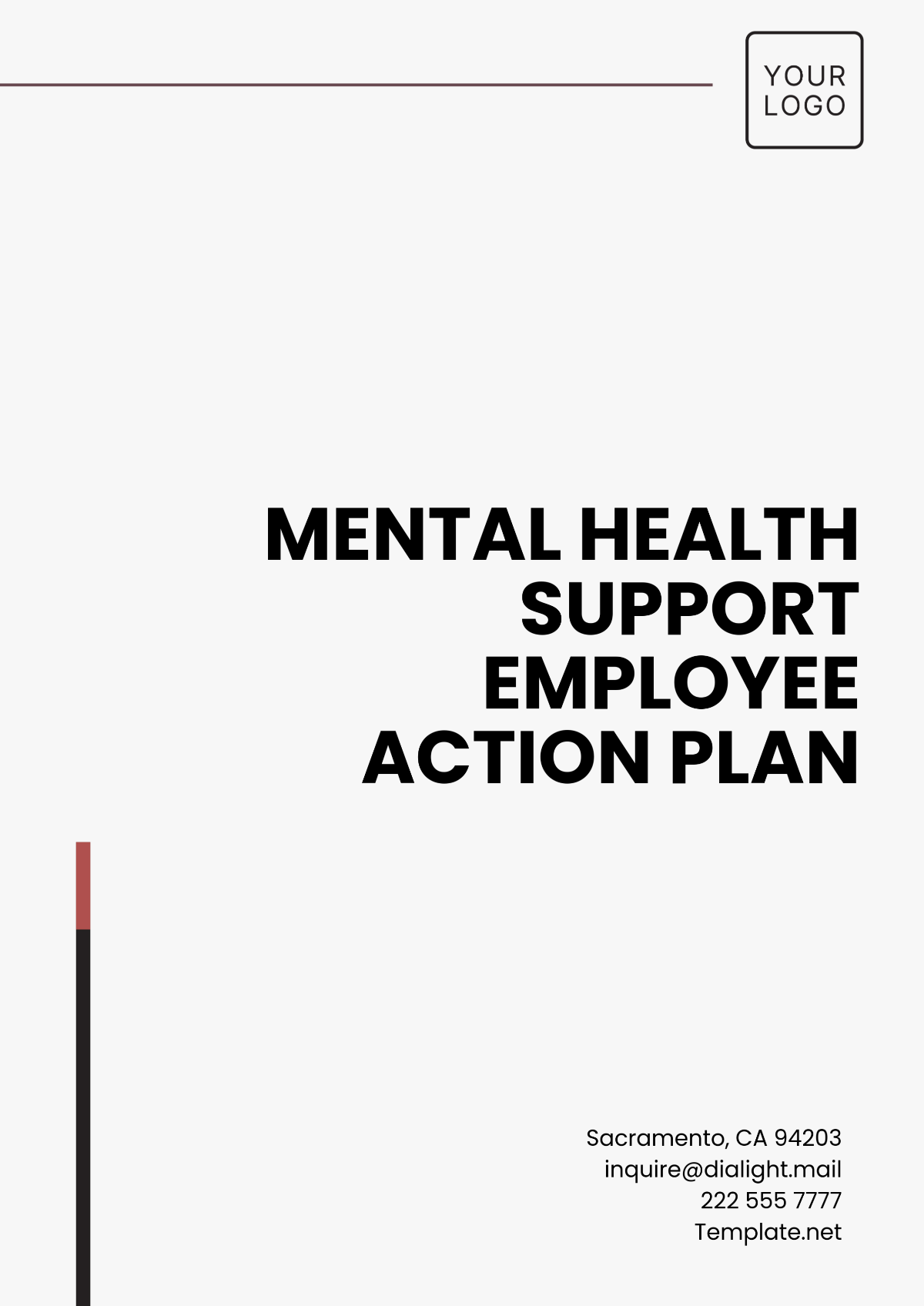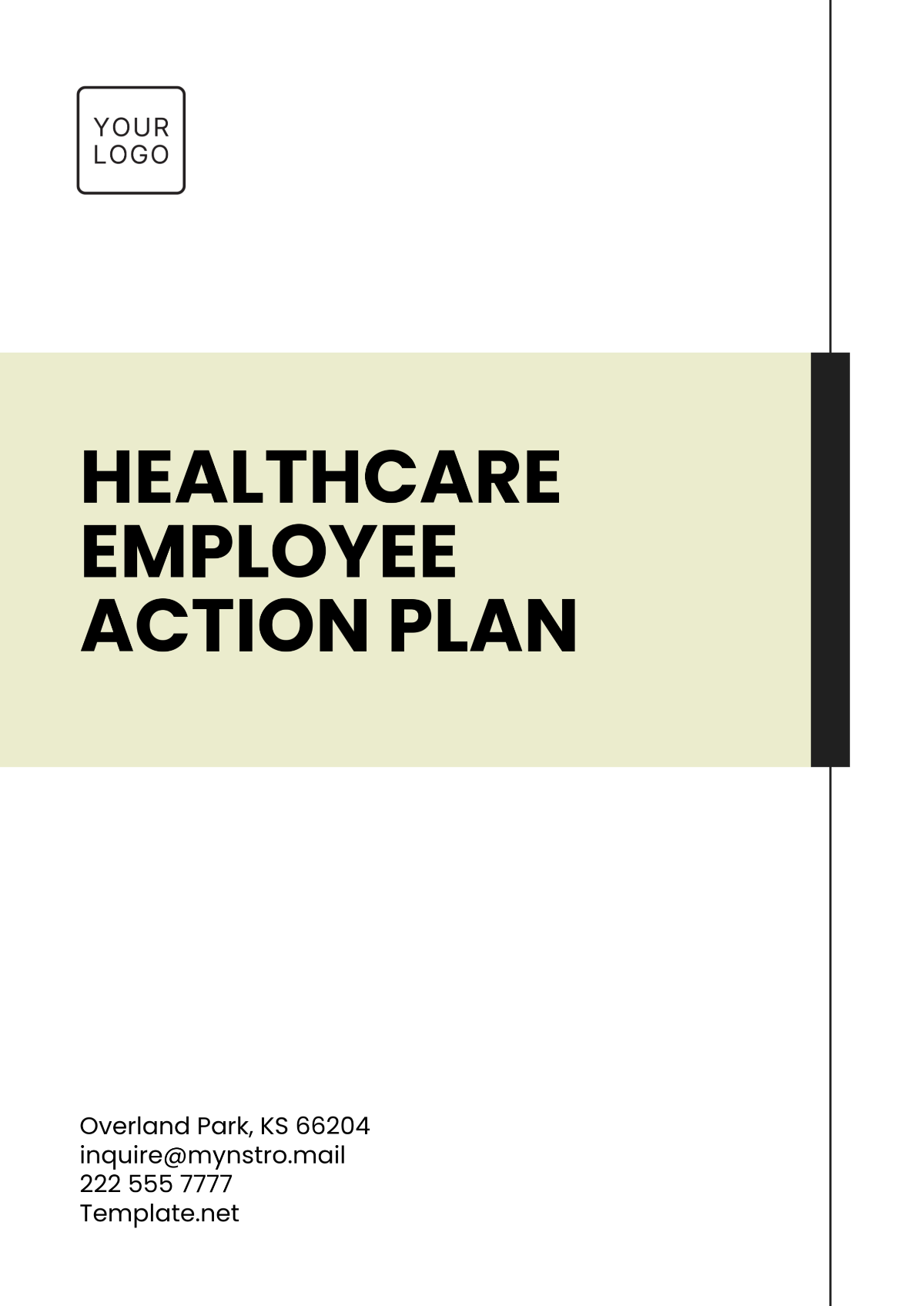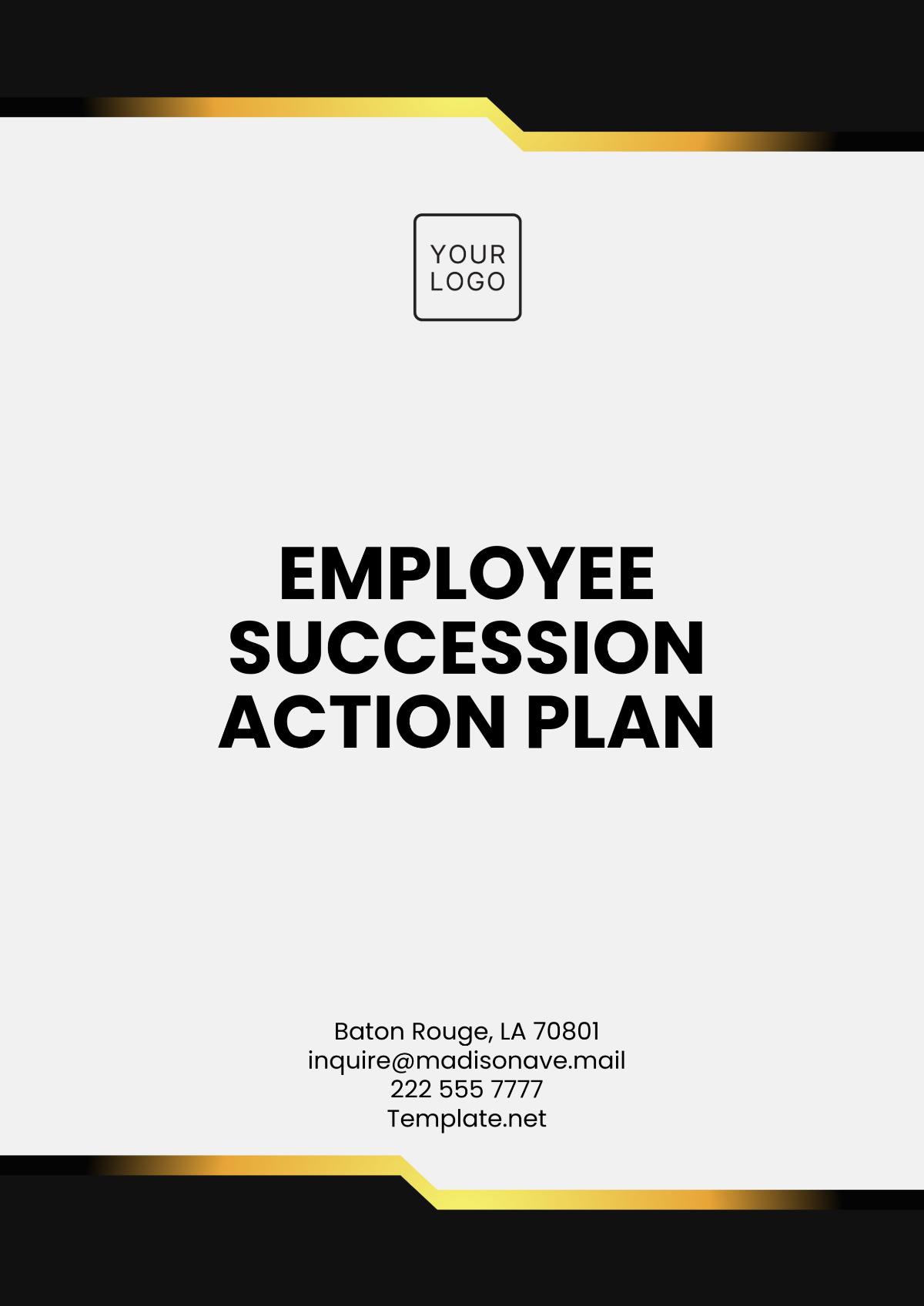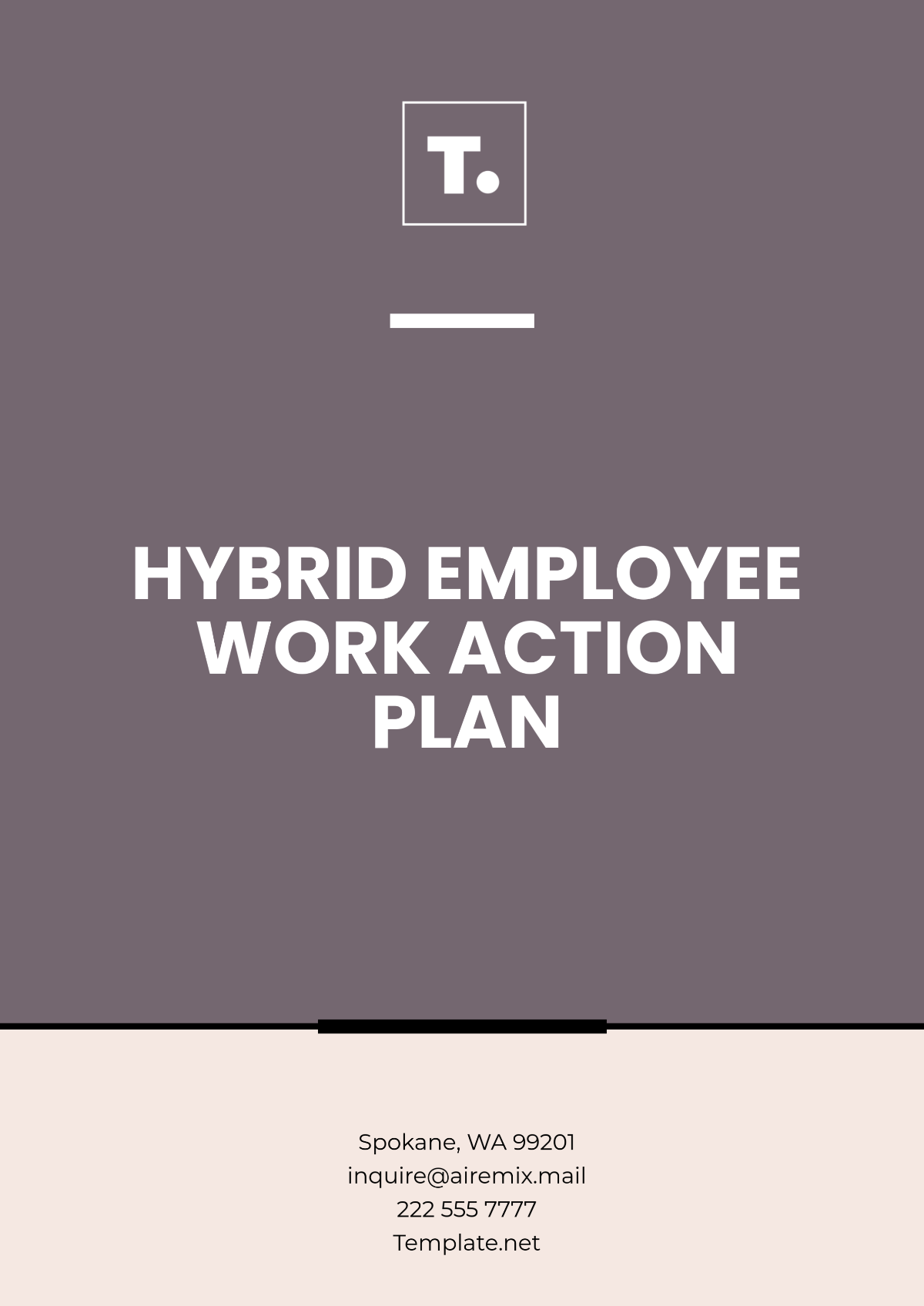Training Action Plan
Training Title | Department | Trainer/Facilitator | Training Method | Training Duration |
|---|---|---|---|---|
I. Purpose of the Training
Objective: To equip employees/team members with the necessary skills, knowledge, and tools to improve performance and meet organizational goals.
Focus Area: (e.g., Customer Service Excellence, Leadership Development, Software Proficiency)
II. Goals & Outcome
Goal 1: | |
|---|---|
Goal 2: | |
Specific Objectives 1: | |
Specific Objectives 2: |
III. Participants
Name | Position | Department | Role in Training |
|---|---|---|---|
IV. Training Topics
Topic | Description | Estimated Duration |
|---|---|---|
V. Action Steps
Action | Person Responsible | Deadline | Status |
|---|---|---|---|
Develop training content | Not Started/In Progress/Completed | ||
Organize training logistics | |||
Deliver training |
VI. Timeline
Task | Duration |
|---|---|
VII. Responsibilities
Role | Responsibilities |
|---|---|
HR Department | Coordinate the onboarding process, provide administrative support, and facilitate training sessions. |
Managers/Supervisors | Welcome new employees, assign mentors, and provide ongoing guidance and feedback. |
Mentors | Support new employees, answer questions, and facilitate their integration into the team. |
New Employees | Actively participate in onboarding activities, seek clarification when needed, and demonstrate a willingness to learn and adapt. |
VIII. Evaluation
Method | Purpose |
|---|---|
Surveys | Administer surveys to new employees to gather feedback on the onboarding experience. |
Performance Metrics | Monitor new employees' performance and retention rates post-onboarding. |
